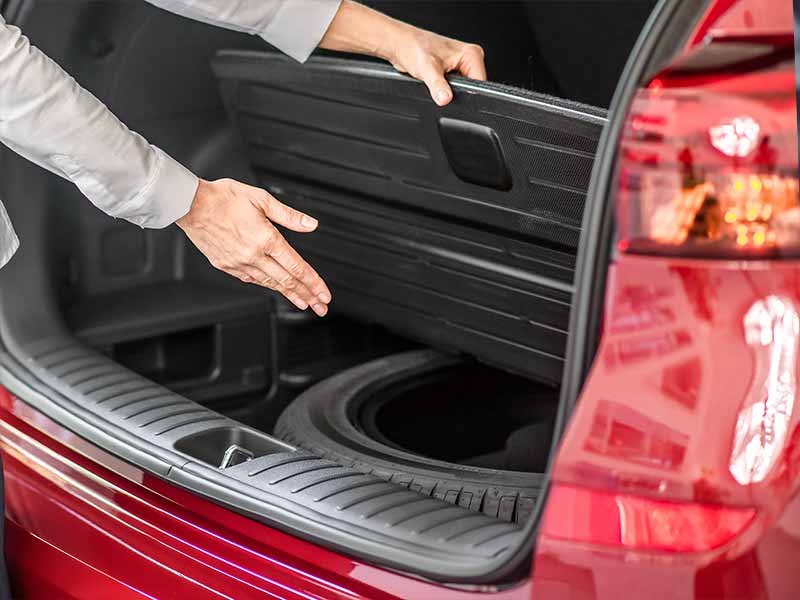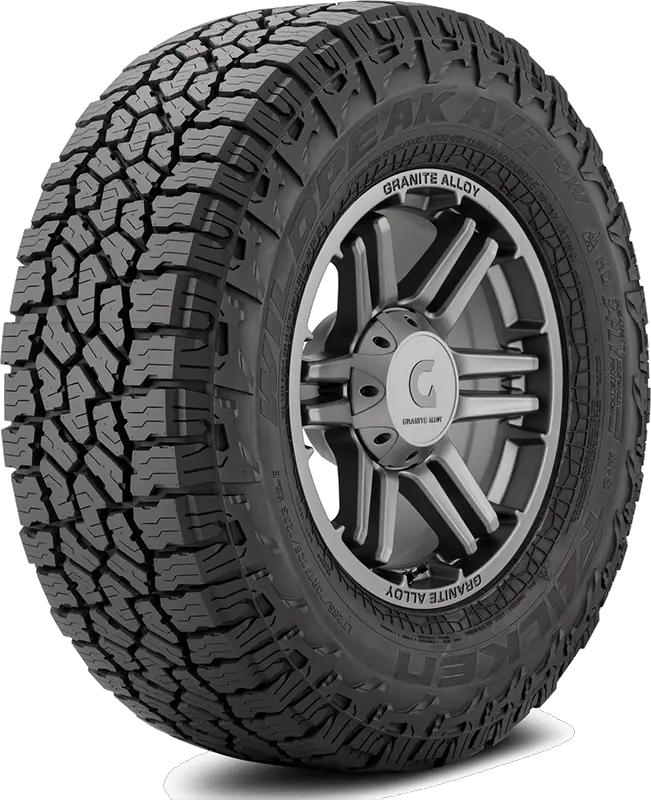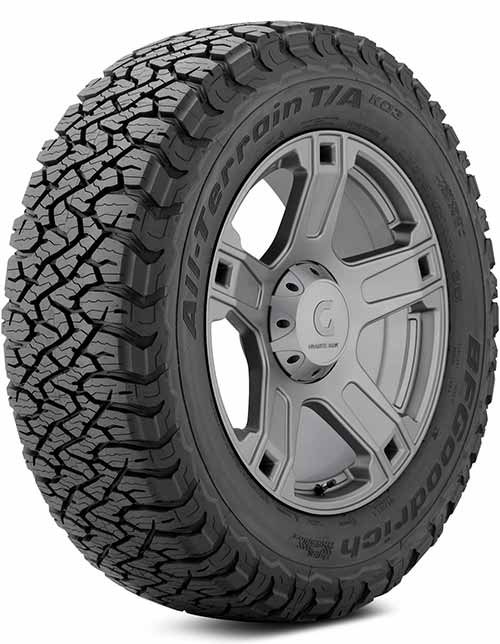Did you know that around 220 million flat tires happen in the United States each year? That’s why it’s important to have a reliable spare tire in your car. But wait, there’s more to it! Your spare tire might have a TPMS sensor that helps you stay informed about its air pressure.
Do Spare Tires Have TPMS?
Not all spare tires have TPMS sensors. Most donut spare tires, which are designed for short-term use, do not have pressure sensors. However, some full-size spare tires do have TPMS sensors, depending on the make and model of the car.
Knowing whether your spare tire has a TPMS sensor can help ensure it’s properly maintained and ready for use when needed.
In this article, we’ll dive into the world of spare tires, TPMS sensors, and why it’s important for you to know whether your spare has one. We’ll cover everything from spare tire low-pressure warnings to the differences between full-size and donut spares.
Let’s take a closer look.
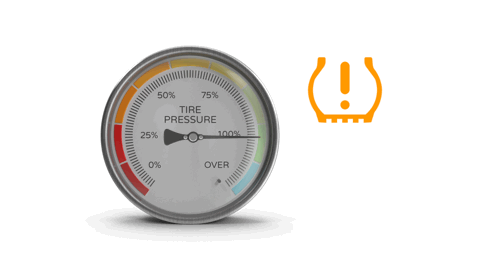
Spare Tire Low-Pressure Warning
When you’re driving, it’s important to make sure your tires have enough air in them. If one of your tires starts to lose air, your car’s Tire Pressure Monitoring System (TPMS) is there to help. The TPMS keeps an eye on the air pressure in your tires and warns you if something isn’t right.
In this section, we’ll talk about the spare tire low-pressure warning, the TPMS warning light and how to reset it, and when you should ask a professional mechanic for help.
TPMS Warning Light And Reset Procedure
If your car’s TPMS notices that one of your tires is low on air, it will turn on a special light on your dashboard. This light usually looks like a horseshoe with an exclamation mark in the middle. When you see this light, it’s time to check your tire pressure and add air if needed.
After you’ve checked and fixed the tire pressure, the TPMS light should turn off by itself. If it doesn’t, you might need to reset it. To do this, you can try driving your car for a short distance, like a few miles, at a speed of around 50 miles per hour. This helps the TPMS “learn” the new pressure and turn off the light. If you’re not sure how to reset the light, you can check your car’s owner’s manual for instructions.
When To Seek Professional Assistance
Sometimes, the TPMS light might stay on even after you’ve checked and fixed the tire pressure. If this happens, it’s a good idea to ask a mechanic for help. They can check the TPMS sensors to make sure they’re working right, and they can also look for other problems with your tires.
It’s also important to ask for help if you notice that one of your tires keeps losing air, even after you’ve added more. This could be a sign that your tire has a leak or other issue that needs to be fixed. A mechanic can find and fix the problem so that you can stay safe on the road.

2 Types Of TPMS And How They Work Spare Tires
Let’s talk about direct and indirect TPMS and how they’re used with full-size and donut spare tires.
Direct TPMS
Direct TPMS is a system that uses small sensors inside each tire to measure the air pressure. These sensors send information about the tire pressure to your car’s computer. If the pressure gets too low, the computer turns on the TPMS warning light on your dashboard.
Full-size spare tires sometimes have direct TPMS sensors. This means that if your full-size spare tire loses air, the TPMS can warn you just like it does for your other tires. However, not all cars with full-size spares have TPMS sensors, so it’s a good idea to check your spare tire and owner’s manual to be sure.
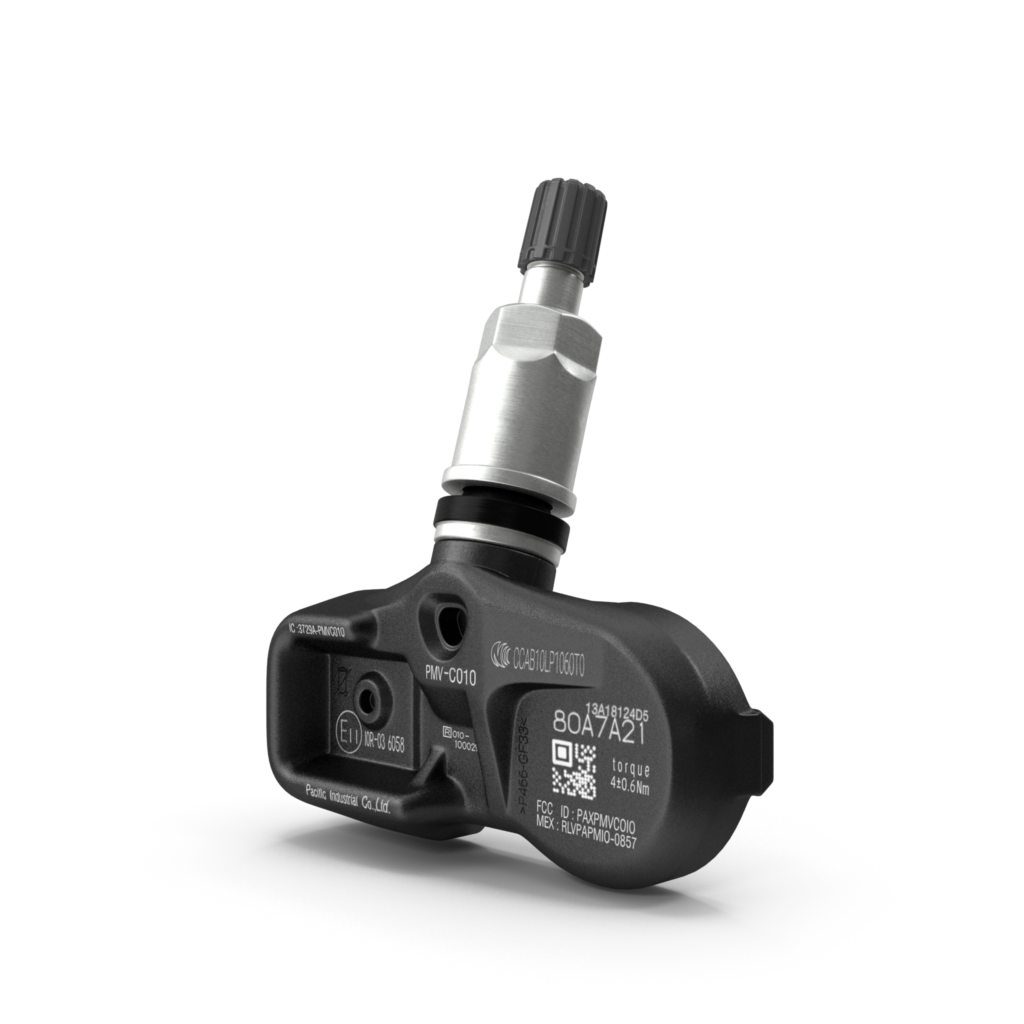
Indirect TPMS
Indirect TPMS works a little differently. Instead of measuring the tire pressure with sensors, it uses your car’s anti-lock braking system (ABS) and wheel speed sensors to check if your tires are low on air. When a tire is low on air, it rolls differently, and the indirect TPMS can notice this change.
Donut spare tires usually don’t work with indirect TPMS. This is because donut spares are smaller and designed for temporary use, so they roll differently than your regular tires. Even if your car has indirect TPMS, it might not be able to tell you if your donut spare is low on air. That’s why it’s important to check the air pressure in your
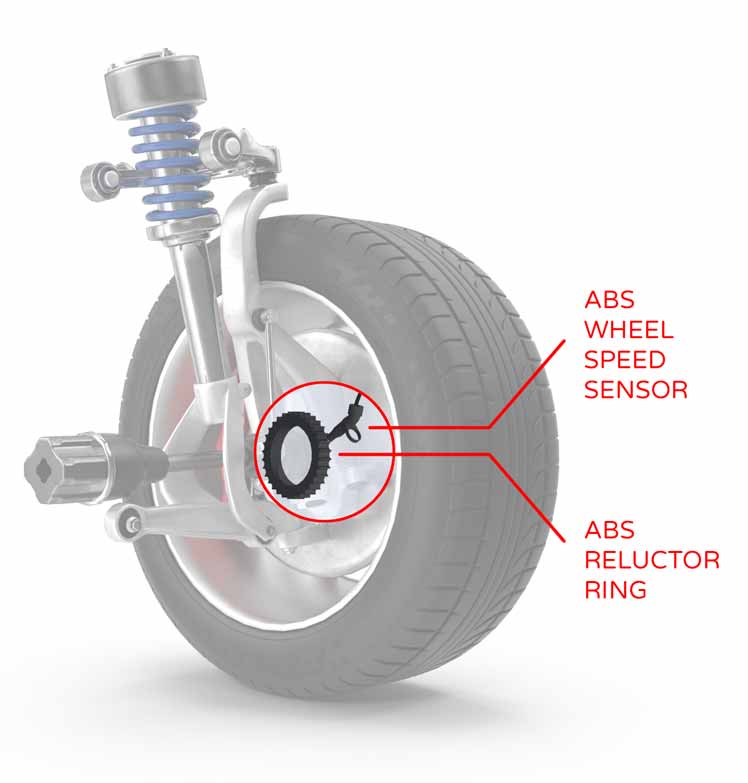
How To Know If YOUR Spare Tire Has TPMS
Let’s talk about three ways to find out if your spare tire has TPMS, so you can be sure it’s ready to use when you need it.
Check Your Vehicle’s Owner’s Manual
The owner’s manual that comes with your car is full of helpful information, including details about your TPMS. Look for a section about tires or the TPMS to see if it says anything about your spare tire having a sensor. The manual should also tell you whether your car has direct or indirect TPMS, which can help you understand how it works with your spare tire.
Look At The Spare Tire Itself
Another way to find out if your spare tire has TPMS is to take a look at the tire. If your spare is a full-size tire, check the valve stem (the part where you put air into the tire). A TPMS sensor is usually attached to the valve stem and looks different from a regular valve stem. It might be metal or have a special cap. If you see something like this on your spare tire, it’s likely that it has TPMS.
Ask A Mechanic
If you’re still not sure whether your spare tire has TPMS, you can always ask a professional mechanic for help. They can inspect your spare tire and tell you if it has a sensor. They can also give you advice on how to take care of your TPMS and keep your spare tire ready for use.
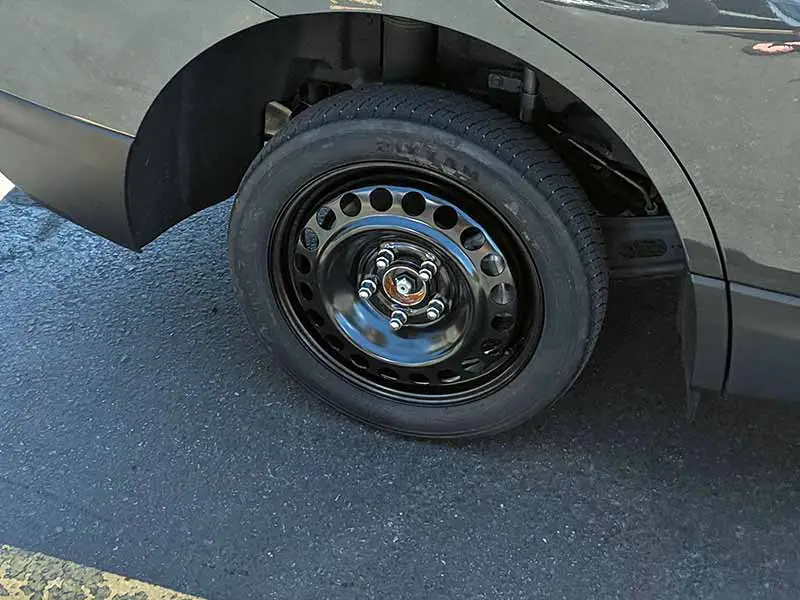
Full-Size Vs Donut Spares
Let’s compare full-size and donut spares and discuss whether or not they typically have TPMS sensors to keep you informed about their air pressure.
Do Full-Size Spares Have TPMS Sensors?
Some full-size spare tires do have TPMS sensors. This means that if the air pressure in your spare tire gets too low, the TPMS warning light on your dashboard will turn on, just like it does for your other tires. Having a TPMS sensor in your full-size spare can be helpful because it lets you know if your spare tire is ready to use when you need it.
However, not all full-size spares have TPMS sensors. Whether your full-size spare has a sensor can depend on the make and model of your car, as well as when it was made. Newer cars are more likely to have TPMS sensors in their full-size spares than older cars.
Do Donut Spare Tires Have Pressure Sensors?
Most donut spare tires do not have pressure sensors. This is because they’re made for short-term use and are not meant to be driven on for long distances or at high speeds. Since donut spares don’t have TPMS sensors, your car’s TPMS warning light will not come on because the air pressure in your donut spare is too low.
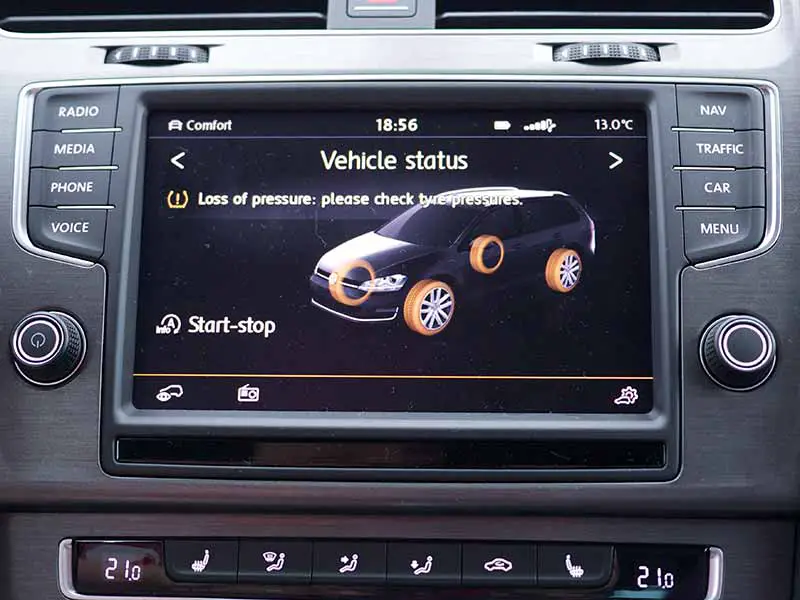
How Does A Spare Tire Pressure Sensor Work?
Let’s review how a spare tire pressure sensor works and communicates with your car’s computer.
Measuring Tire Pressure
A spare tire pressure sensor works by measuring the air pressure inside the tire. The sensor is usually attached to the valve stem, which is the part where you put air into the tire. When your spare tire has the right amount of air, the sensor sends a signal to your car’s computer that everything is okay.
If your spare tire starts to lose air, the pressure inside the tire will drop. The sensor can detect this change in pressure and will send a new signal to your car’s computer. This signal tells the computer that the pressure in the spare tire is too low.
Communicating With The Computer
Your vehicle’s computer, also known as the control module, is always keeping an eye on the signals from the TPMS sensors. When it gets a signal that the pressure in your spare tire is too low, it will turn on the TPMS warning light on your dashboard. This light looks like a horseshoe with an exclamation mark in the middle.
When you see the TPMS warning light, it’s time to check your tire pressure and add air if needed. If the light stays on even after you’ve fixed the pressure, you might need to reset the TPMS or ask a mechanic for help.
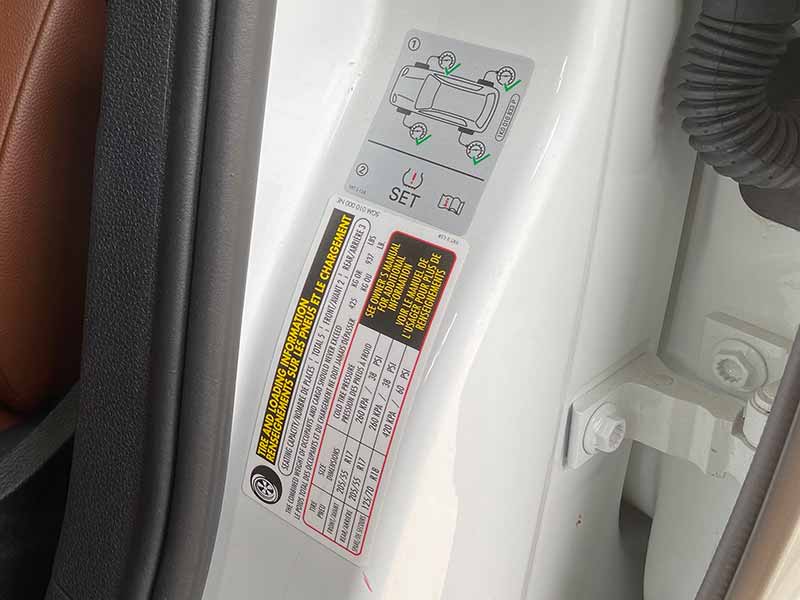
Resources
Below are some links you may find helpful when learning about tires
- TPMS talk: Spare a moment for the spare tire – Tire Review
- TPMS light on? What it means and what you need to do – Bridgestone
Final Thoughts
Understanding how TPMS works with spare tires is important for every driver. It helps us stay safe on the road and ensure our spares are ready when we need them most. Remember, not all spare tires have TPMS sensors, so it’s important to know what type you have and how to maintain it properly.
As we’ve seen, the world of spare tires and TPMS sensors is more interesting than you might have thought. In the words of famous car enthusiast Mario Andretti, “The first thing you learn when you start driving is that the car is not only there to get you from point A to point B; it’s there to teach you about life.” So, let’s take this knowledge about spare tires and TPMS sensors and use it to be better prepared and safer drivers on the road.
Good luck and happy motoring.
